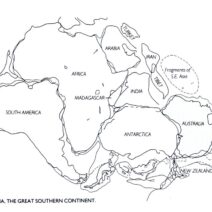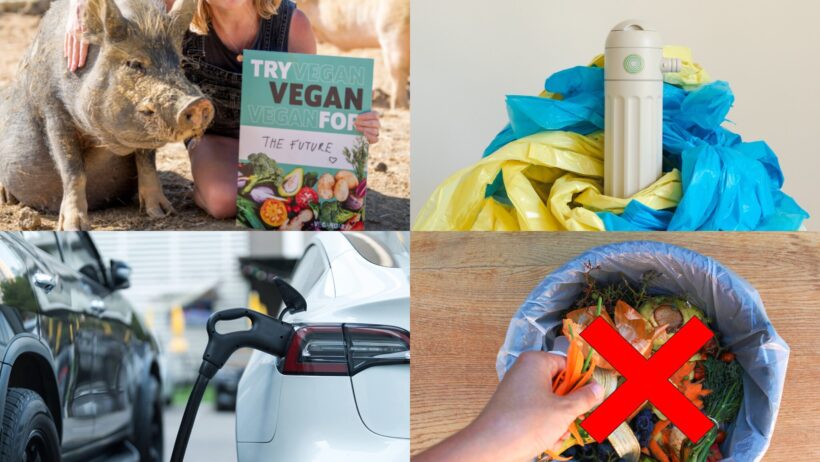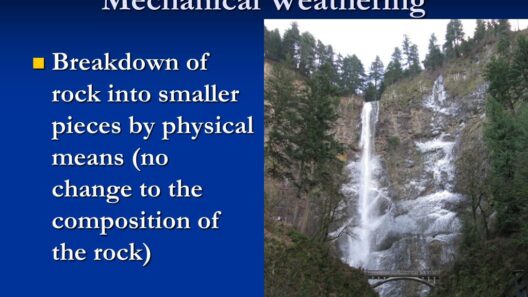Climate change is an unequivocal reality that our planet grapples with, manifesting in erratic weather patterns, rising sea levels, and diminishing biodiversity. However, every individual possesses the potential to contribute towards alleviating this existential threat. This discourse elucidates simple yet impactful steps that resonate on both personal and collective levels. The promise of a sustainable future begins with an informed and active populace.
First off, let’s explore the imperative of energy conservation. The modern lifestyle often indulges in an excess of electricity consumption. Implementing energy-efficient practices is a matter of urgency. Switching to LED lighting is one of the simplest steps. These bulbs not only last significantly longer than traditional incandescent bulbs but also consume far less energy. Unplugging devices when not in use can curtail “phantom” energy waste. Moreover, utilizing appliances during off-peak hours can revolutionize your household’s energy footprint while potentially lowering your utility bills.
Furthermore, advocating for renewable energy sources propels the shift towards sustainable living. Exploring solar panels, even as a community initiative, embodies an ingenious way to harness the sun’s power. Engaging with local governments to support wind, solar, or hydropower projects can amplify this impact. By promoting these renewable resources, you encourage a transition from fossil fuels, thereby mitigating greenhouse gas emissions.
Next, transportation constitutes an integral aspect of climate action. The advent of electric vehicles represents a pivotal shift in personal mobility. However, transitioning to electric is not the only option. Opting for public transportation, cycling, or walking instills a holistic mindset towards sustainable movement. Carpooling can mitigate the volume of vehicles on the road, subsequently reducing overall emissions. Each mile traveled in a shared or non-fossil-fuel-powered vehicle translates into significant carbon savings.
The intertwining relationship between food production and climate change is profound. The agricultural sector, particularly livestock farming, contributes substantially to greenhouse gas emissions. Prioritizing a plant-based diet can dramatically diminish your carbon footprint. Incorporating more fruits, vegetables, and grains into your meals not only aligns with climate action but also promotes personal health. Moreover, supporting local farms can bolster community resilience and reduce the carbon impact related to food transport.
Waste management is another essential frontier. The rampant accumulation of plastic waste poses one of the gravest threats to ecological integrity. Initiating a zero-waste lifestyle cultivates conscientious consumption. Begin by reducing single-use plastics in your daily life—carry reusable bags, bottles, and containers. Composting organic waste can significantly decrease landfill contributions and enrich your garden soil. The power of recycling should not be underestimated; ardently sorting waste at home fosters a culture of sustainability.
In tandem with these practical steps, education plays a pivotal role. Fostering a dialogue about climate change within your community can invigorate collective action. Hosting workshops or discussion groups that illuminate the realities of climate change encourages critical thinking and catalyzes action. Young minds can be particularly receptive; integrating climate education into school curricula can instigate lasting awareness and inspire the next generation of environmental stewards.
Moreover, conscious consumerism deserves critical attention. The products we choose to purchase send a powerful message to corporations. Opting for businesses that prioritize sustainability is essential. Whether it’s choosing eco-friendly products, clothing made from sustainable materials, or supporting companies with transparent supply chains, consumer decisions wield significant influence. Advocacy for corporate responsibility can amplify the impact, urging companies to adopt greener practices.
Community engagement enhances the fabric of climate activism. Participating in local clean-up initiatives can restore natural habitats while fostering connections with like-minded individuals. These activities can spur greater involvement in local environmental planning, ensuring that your community adopts policies that favor sustainability. Joining or supporting local conservation organizations can also mobilize resources and expertise in the fight against climate change.
It is devoid of doubt that political advocacy remains a formidable tool in confronting climate change. Engaging with local officials about environmental policies fosters governmental accountability. Voting for representatives who champion climate action can transform legislative landscapes. Efforts to support climate-friendly initiatives at municipal, state, and national levels result in tangible impacts that resonate throughout society.
In a landscape punctuated by environmental degradation, every effort counts. Reflecting on these steps unveils a plethora of opportunities for individual and collective agency. Simple actions, when taken en masse, accumulate to form a formidable force against climate change. As we redefine our relationship with consumption, energy, waste, and community, we not only foster a cleaner, healthier environment but also inspire others to join the crusade.
In conclusion, the prospect of reversing climate change hinges upon our unwavering commitment to implementing practical and sustainable changes in our day-to-day lives. From energy conservation to political advocacy, the path to a sustainable future is paved with choices that reflect our responsibility to the planet. Embracing these steps engenders a culture of stewardship, urging every individual to partake in crafting a more sustainable world. It’s time to act, for the planet depends on our collective resolve.








